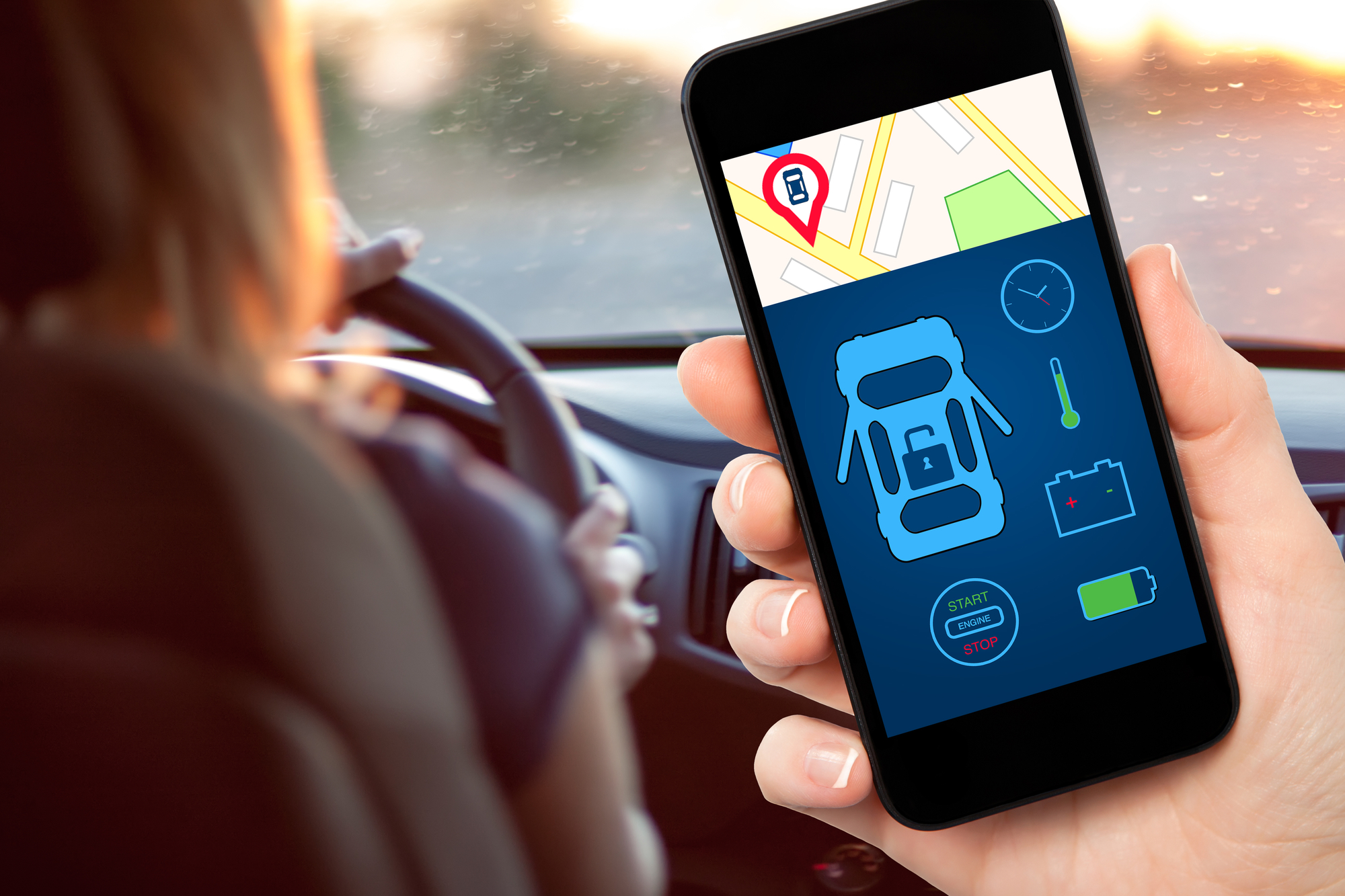Protect vehicles from hacker attacks
Connected driving is on the rise. This also increases the risk of cyberattacks on vehicles. Standardized communication platforms are intended to remedy this situation.

Connected driving is becoming a reality and calls for a new safety architecture in cars: More and more vehicles are communicating with each other to optimize traffic flow or avoid accidents. A cell phone app can be used to check the fuel level or determine the vehicle's location. "There are more and more interfaces in the car that enable vehicles to communicate with the outside world," says Markus Schaffrin, head of the Member Services business unit in the German eco Association of the Internet Industry e. V. "The many disparate systems increase the risk for security vulnerabilities that cybercriminals look for."
Cars are being targeted by cybercriminals
"A central communication platform permanently installed in the vehicle can contribute significantly to a high level of safety," recommends Markus Bartsch from TÜV Informationstechnik GmbH. TÜViT is currently investigating the possibilities of a standardized solution that brings together data from different systems. "In modern vehicles, data accumulates, for example, from the powertrain, driver assistance systems, infotainment offerings, or even from the chassis and comfort electronics," says Bartsch. "A centralized and standardized platform could also be used to define user profiles that regulate which data may leave or be sent to the vehicle at all."
Plan for cyber security as early as the car design stage
Markus Bartsch and other experts present their technical solution concepts for IT security and data protection in cars at the Internet Security Days on September 28 and 29 in Cologne. Their approaches could help manufacturers integrate all-round security as early as the design stage of new vehicles: This security by design helps vehicles fend off cyberattacks themselves. Many solutions also focus on protecting personal passenger data. Privacy by design ensures that sensitive data remains in the car and is only processed anonymously by manufacturers or service providers with the appropriate approvals.
Source: eco









